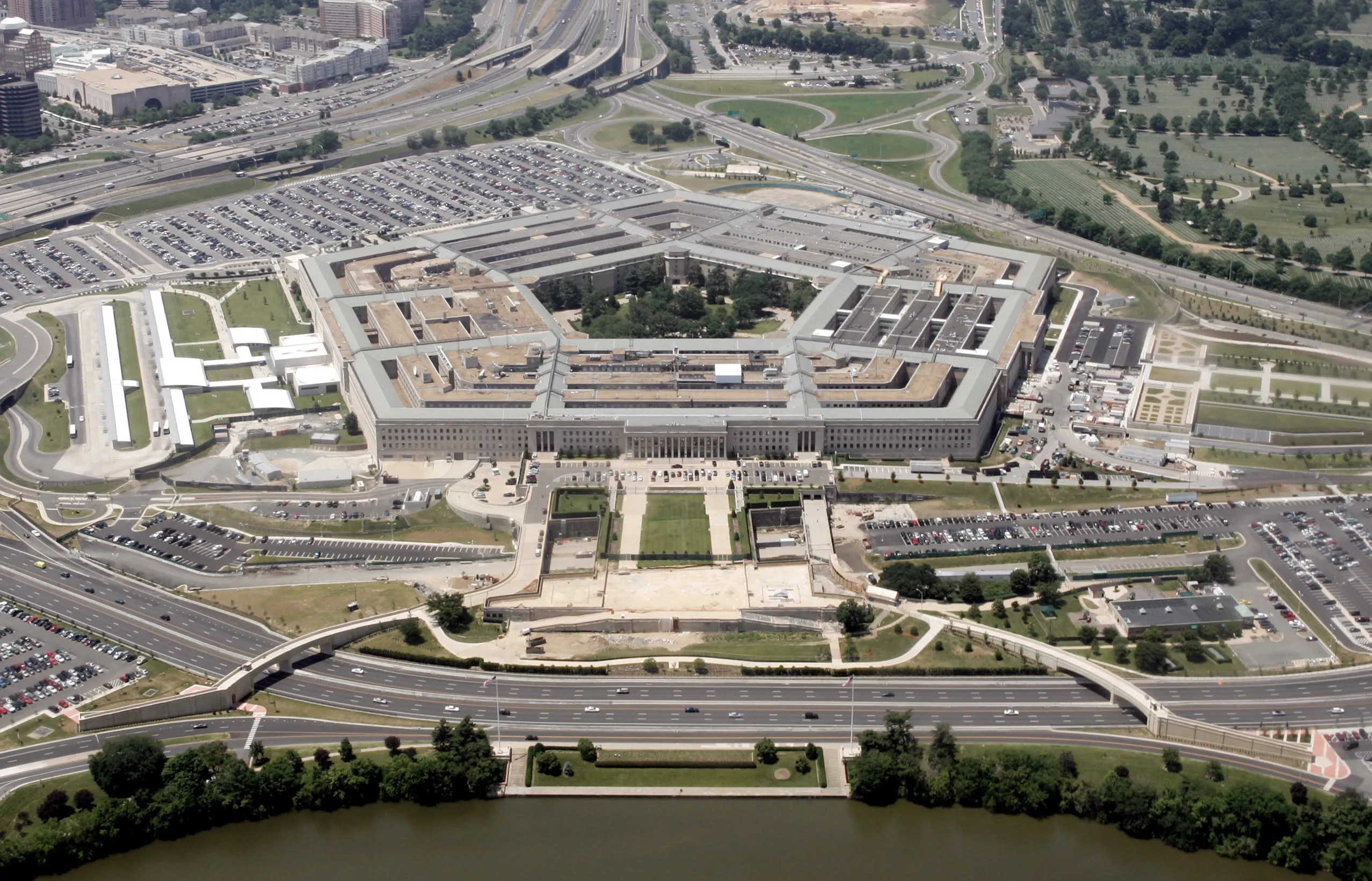The true size of government is nearing a record high
 Defense Secretary Donald Rumsfeld defended the Guantanamo prison against critics who want it closed by saying U.S. taxpayers have a big financial stake in it and no other facility could replace it at a Pentagon briefing on Tuesday. REUTERS/Jason Reed JIR/CN" />
Defense Secretary Donald Rumsfeld defended the Guantanamo prison against critics who want it closed by saying U.S. taxpayers have a big financial stake in it and no other facility could replace it at a Pentagon briefing on Tuesday. REUTERS/Jason Reed JIR/CN" />
This post is part of a series on the need for government reform and how to get it done. For more on this topic, visit the series page.
President Barack Obama entered office with the Great Recession raging and the true size of the federal workforce at about 10 million civil servants, postal workers, active duty military, contractors, and grantees. He raised the total with billions in economic stimulus to 11.3 million, then backed it down to about 9 million before leaving office. With the economy in full-throated rebound, Obama gave Donald Trump the rare opportunity to rebalance the federal government’s blended workforce.
Despite campaign promises to the contrary, Trump opened the contract and grant spigots instead, adding more than 2 million jobs to the blended federal workforce, including 1 million in the Departments of Defense, Transportation, and Health and Human Services alone.
Figure 1 shows the rise, fall, and rise again of the true size of government.[1] Despite Trump’s recent claim that the Pentagon brass was responsible for keeping the military-industrial complex “happy,” he has rarely missed an opportunity to celebrate his commitment to increased spending. According to a recent Washington Post analysis, under Trump’s tenure, the defense budget will have grown almost 30 percent by end of the 2021 fiscal year, even as estimated defense contract employment has surged by 20 percent. Although the Pentagon has been a grateful partner in the run-up, Trump has been front and center in keeping the defense industry happy.

 Defense Secretary Donald Rumsfeld defended the Guantanamo prison against critics who want it closed by saying U.S. taxpayers have a big financial stake in it and no other facility could replace it at a Pentagon briefing on Tuesday. REUTERS/Jason Reed JIR/CN" />
Defense Secretary Donald Rumsfeld defended the Guantanamo prison against critics who want it closed by saying U.S. taxpayers have a big financial stake in it and no other facility could replace it at a Pentagon briefing on Tuesday. REUTERS/Jason Reed JIR/CN" />